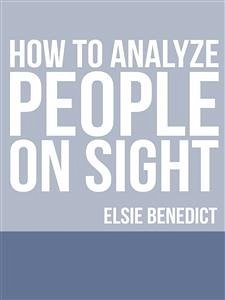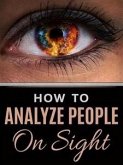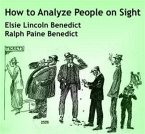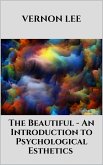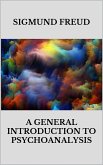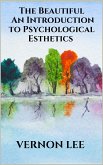What Newspapers Have Said About Elsie Benedict and Her Work "Over fiftythousand people heard Elsie Lincoln Benedict at the City Auditorium duringher six weeks lecture engagement in Milwaukee."-Milwaukee Leader, April 2,1921. "Elsie Lincoln Benedict has a brilliant record. She is like a freshbreath of Colorado ozone. Her ideas are as stimulating as the health-givingbreezes of the Rockies."-New York Evening Mail, April 16, 1914. "Severalhundred people were turned away from the Masonic Temple last night whereElsie Lincoln Benedict, famous human analyst, spoke on 'How to AnalyzePeople on Sight.' Asked how she could draw and hold a crowd of 3,000 for alecture, she said: 'Because I talk on the one subject on earth in whichevery individual is most interested-himself.'"-Seattle Times, June 2, 1920."Elsie Lincoln Benedict is a woman who has studied deeply under genuinescientists and is demonstrating to thousands at the Auditorium each eveningthat she knows the connection between an individual's externalcharacteristics and his inner traits."-Minneapolis News, November 7, 1920."Elsie Lincoln Benedict is known nationally, having conducted lecturecourses in many of the large Eastern cities. Her work is based upon thepractical methods of modern science as worked out in the world's leadinglaboratories where exhaustive tests are applied to determine individualtypes, talents, vocational bents and possibilities."-San FranciscoBulletin, January 25, 1919.
Bitte wählen Sie Ihr Anliegen aus.
Rechnungen
Retourenschein anfordern
Bestellstatus
Storno

